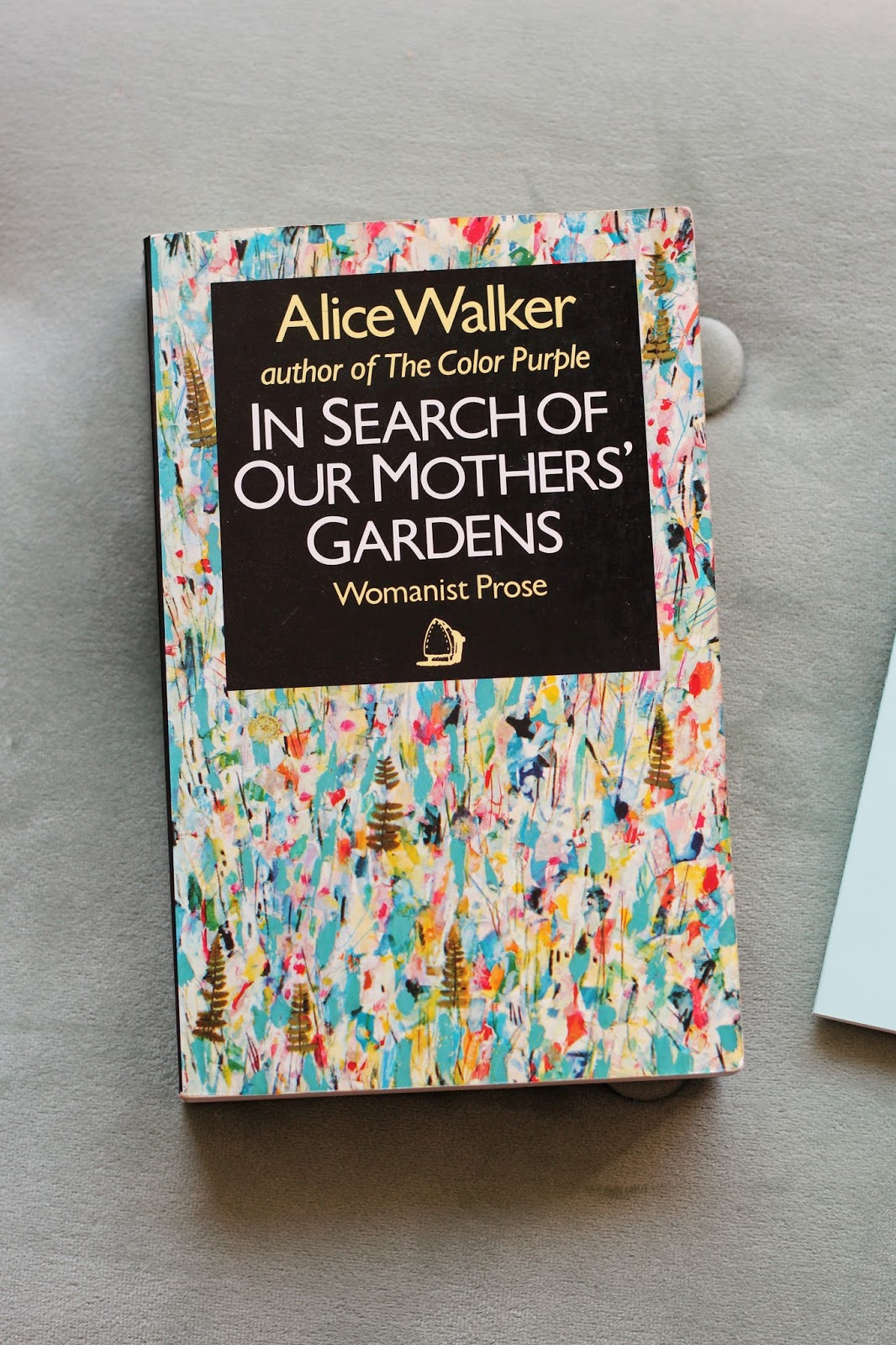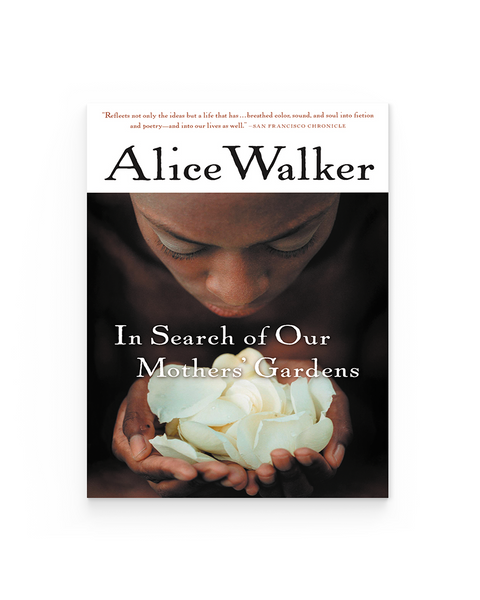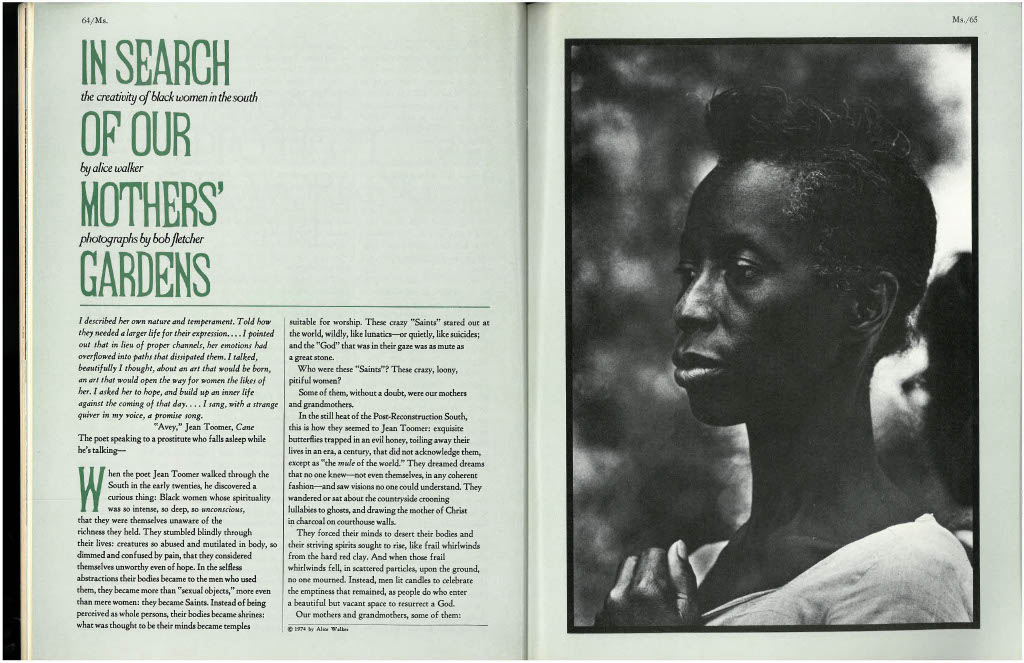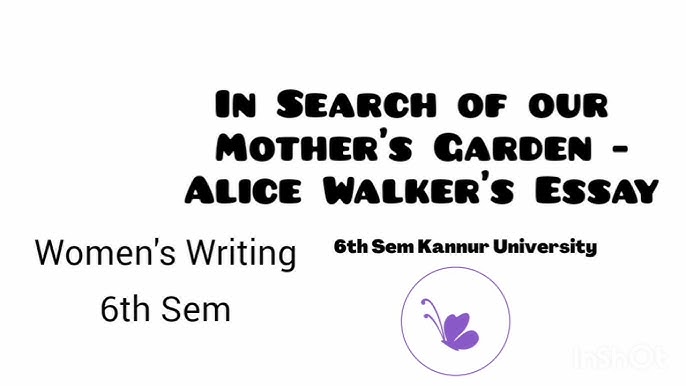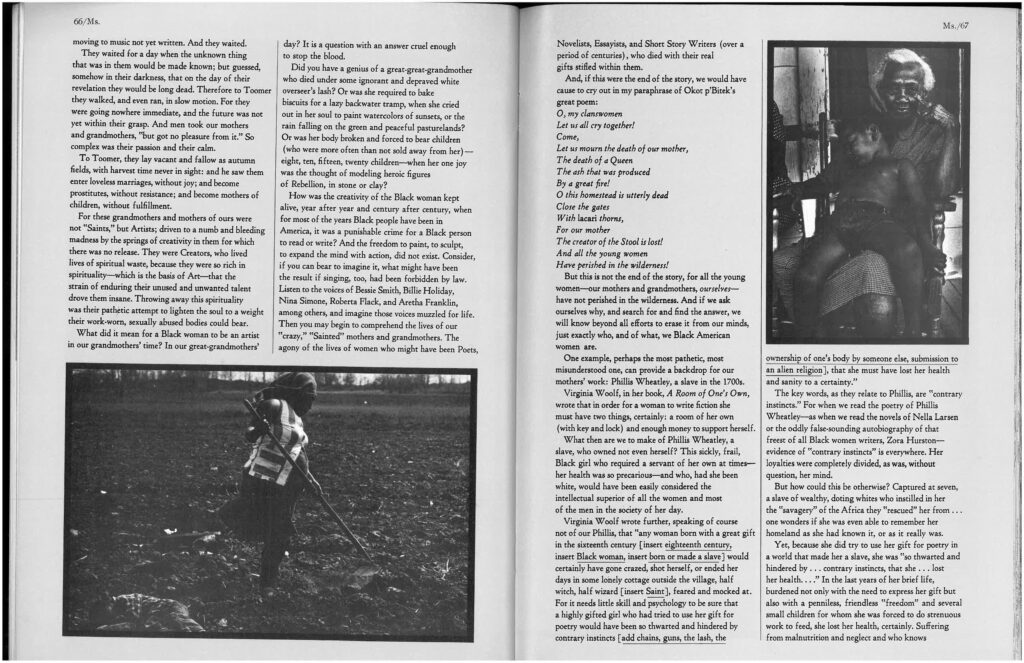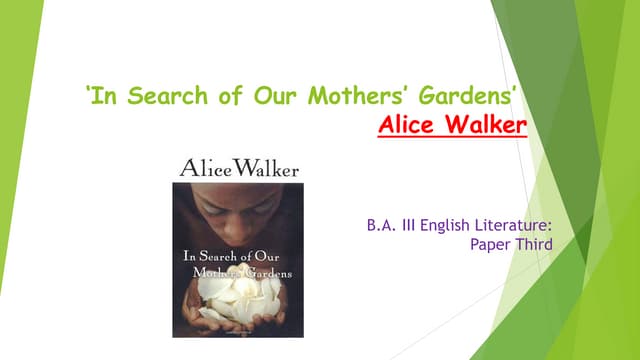In Search Of Our Mothers Gardens Summary
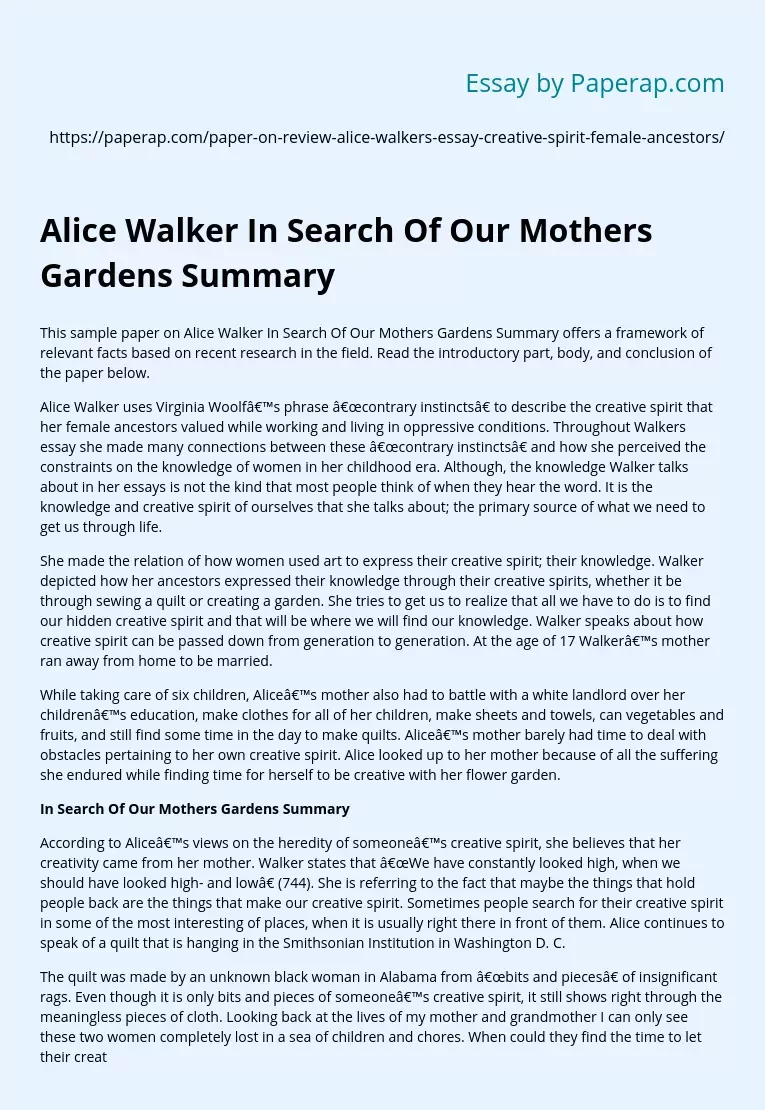
Ever heard someone say, "Bloom where you're planted"? Well, Alice Walker's "In Search of Our Mothers' Gardens" takes that idea and digs a whole lot deeper, right down to the rich, sometimes thorny, roots of our creativity.
Imagine a field bursting with potential, but the soil is hard, the sun is scarce, and everyone keeps telling you to just grow tomatoes. That's kind of what it was like for Black women artists, especially writers, for a long, long time.
The Problem: Stifled Blooms
Think about it: if you're expected to be a maid, a field worker, a caregiver, where do you find the time, the space, or even the permission to be creative? Many women of color were denied opportunities to express their art. Their voices were often silenced, creativity suppressed.
Walker highlights the struggles her ancestors faced. Education was limited, social expectations were rigid. The creative wellspring was there, but where could it flow?
Not a Garden, but a Patch of Something Beautiful
But here's the amazing part: even in those impossible conditions, beauty found a way. It wasn't always a perfectly manicured garden, complete with roses. It was a small patch of vibrant color, against all odds.
Walker talks about her own mother's garden, a riot of flowers grown from seeds tossed haphazardly. It was simple, but it was her mother's own creation, an expression of her soul.
The Search: Finding the Creative Spark
So, "In Search of Our Mothers' Gardens" isn't just about literal gardens. It's about finding the creative legacy passed down, even when it's hidden in plain sight.
It's about recognizing that the quilts stitched in secret, the songs sung in the fields, the stories told around the kitchen table – these were all acts of artistic resistance.
These were the ways women nurtured their creativity, even when society told them they couldn't, shouldn't, or wouldn't. These are testaments to the strength and ingenuity of women.
Phyllis Wheatley: A Rose in the Concrete
Walker points to figures like Phyllis Wheatley, the first African-American woman to publish a book of poetry. Wheatley was a pioneer, but her genius was nearly crushed by the weight of slavery and societal expectations.
Wheatley’s existence proved that talent thrived, however limited the scope. It was like a single rose stubbornly blooming in the middle of a concrete jungle.
The Solution: Acknowledging and Cultivating
So, what's the takeaway? It's about acknowledging the sacrifices and triumphs of the women who came before us. It's about honoring their creativity, even in its most humble forms.
It's also about creating space for ourselves and future generations to bloom. To cultivate our own gardens, whatever they may look like.
Whether it's writing a novel, painting a picture, starting a business, or simply making a beautiful meal, we're all tending our own gardens, inspired by the women who planted seeds long before us.
Blooming Where We Are
Ultimately, "In Search of Our Mothers' Gardens" is a hopeful essay. It's a reminder that creativity can survive, and even thrive, in the most challenging circumstances.
It's a call to recognize the beauty and strength in the everyday acts of creation, and to nurture our own inner gardens, so that we, too, can bloom where we are planted.
So next time you see a colorful flower pushing up through the cracks in the sidewalk, remember Alice Walker's words. Think about the mothers, grandmothers, and great-grandmothers who tended their own creative gardens, paving the way for us to flourish.
